Using the right material for your siding versus the wrong one can mean many things. It can mean the difference between a house that is comfortable toasty in the winters versus impossible to heat up. It can also mean a home that stays in one shape for the majority of the year versus requiring you to perform regular maintenance on the exterior. And at the center of these comparisons lies the infamous clapboard vs vinyl siding discussion.
Both of these exterior siding options have proven to be both practical and stylish in their own right. However, as with anything else that requires you to choose, making the decision on which one to install isn’t always as straightforward as one might think. By comparing the most important aspects of these two siding types, you can potentially decide which option is right for your home and which one may miss the mark.
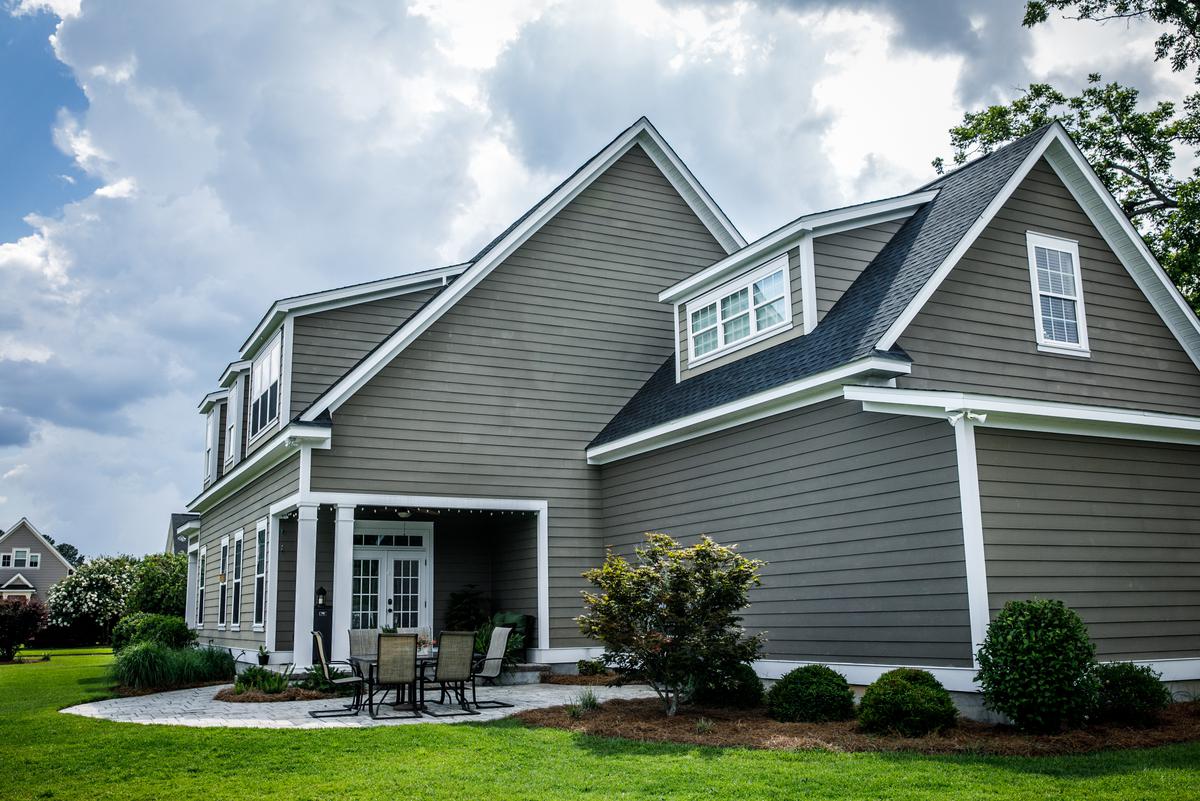
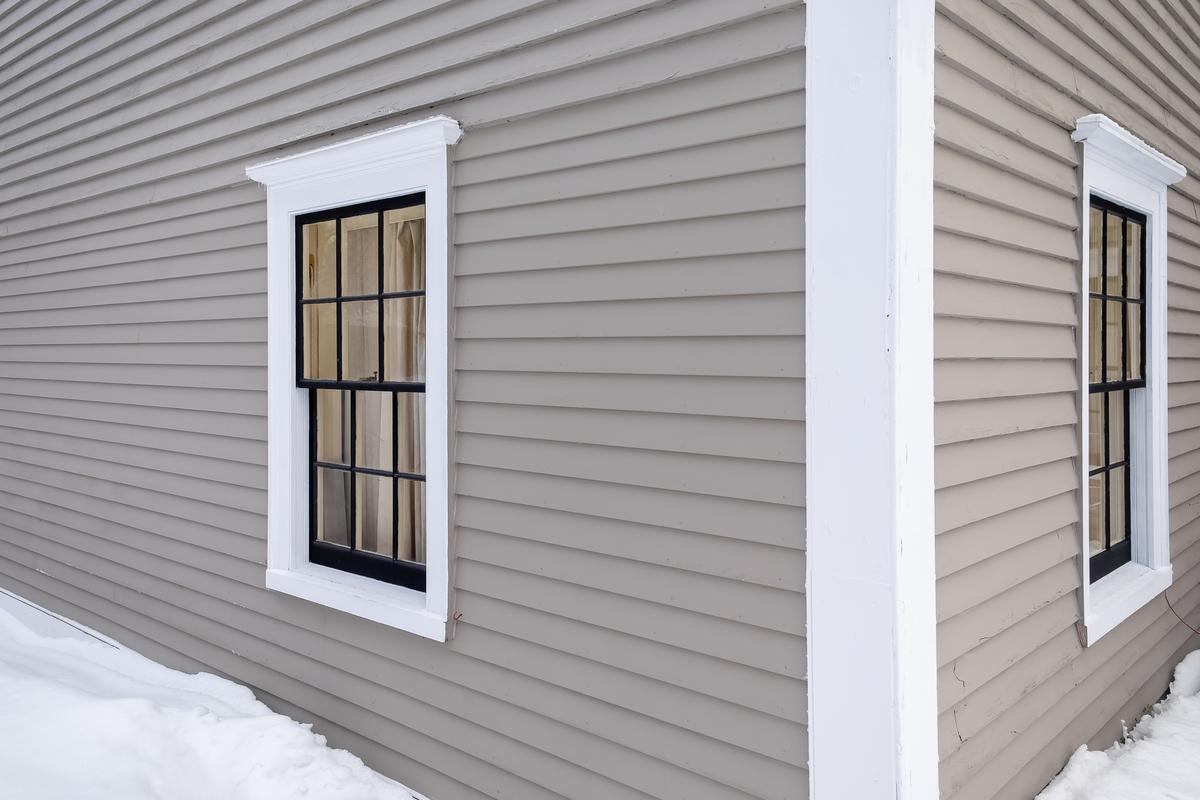
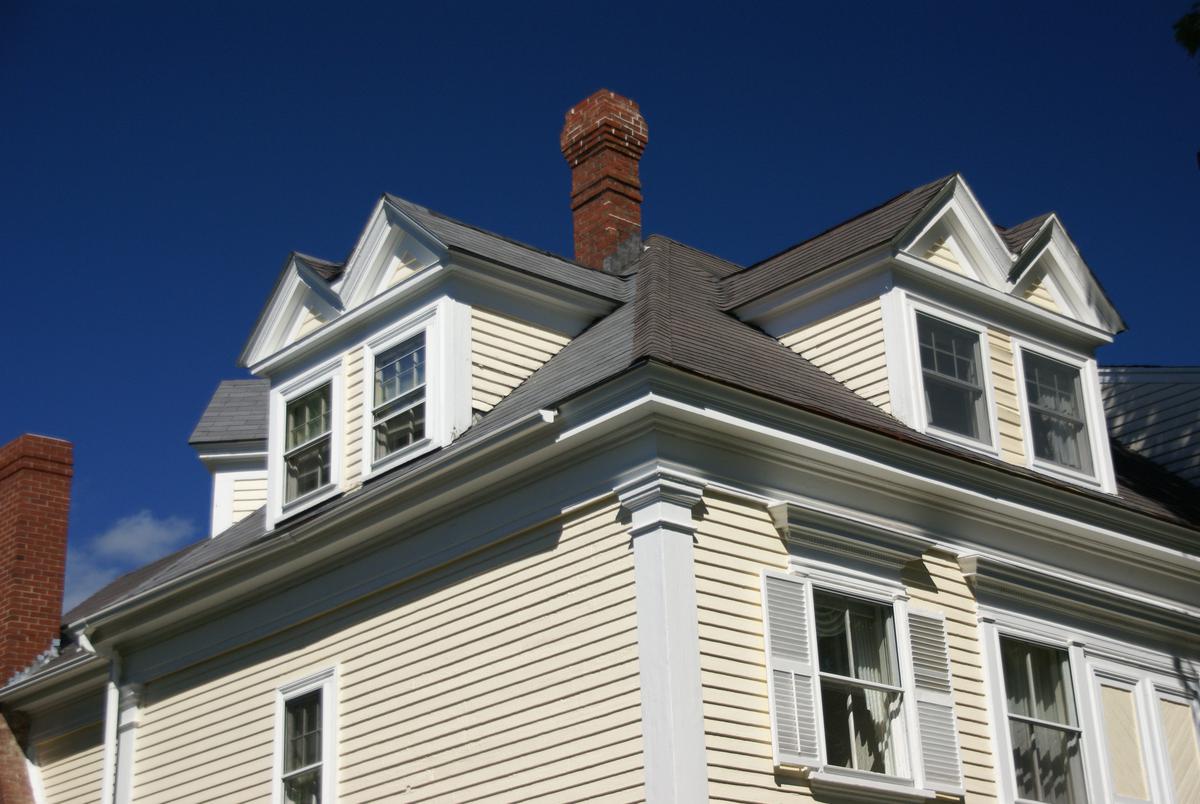

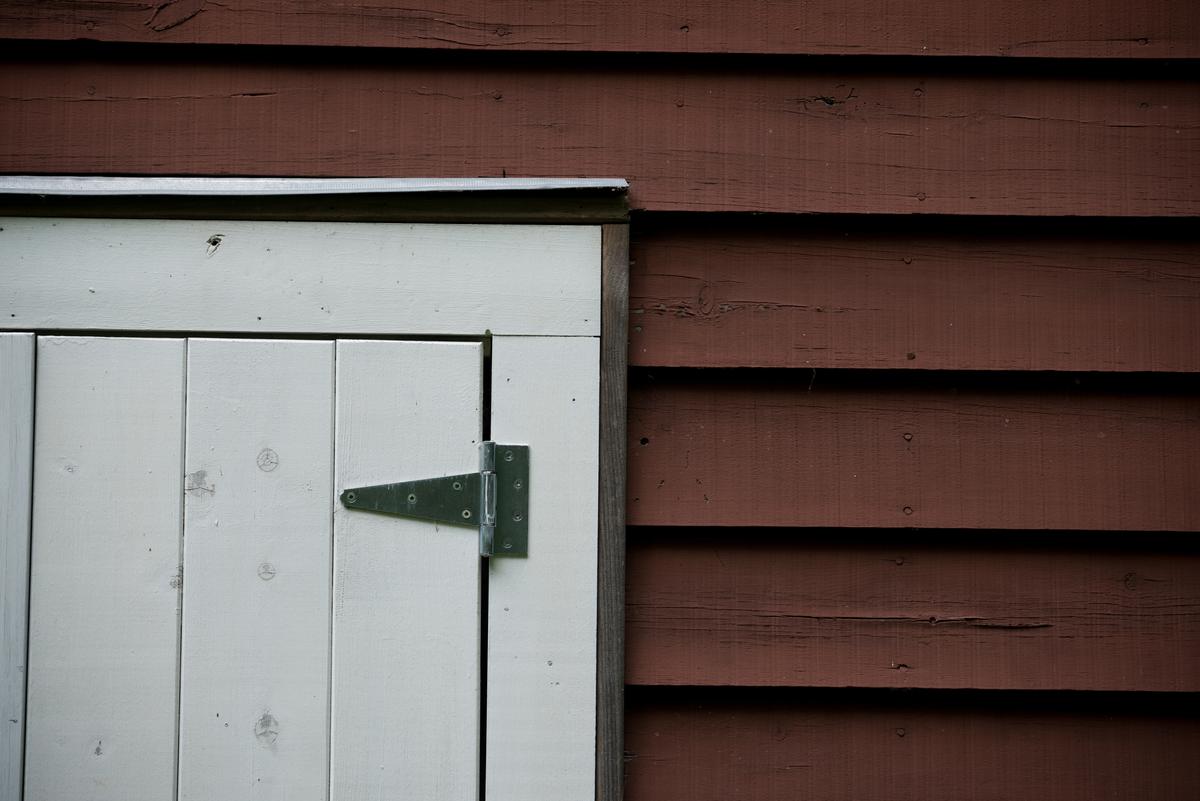
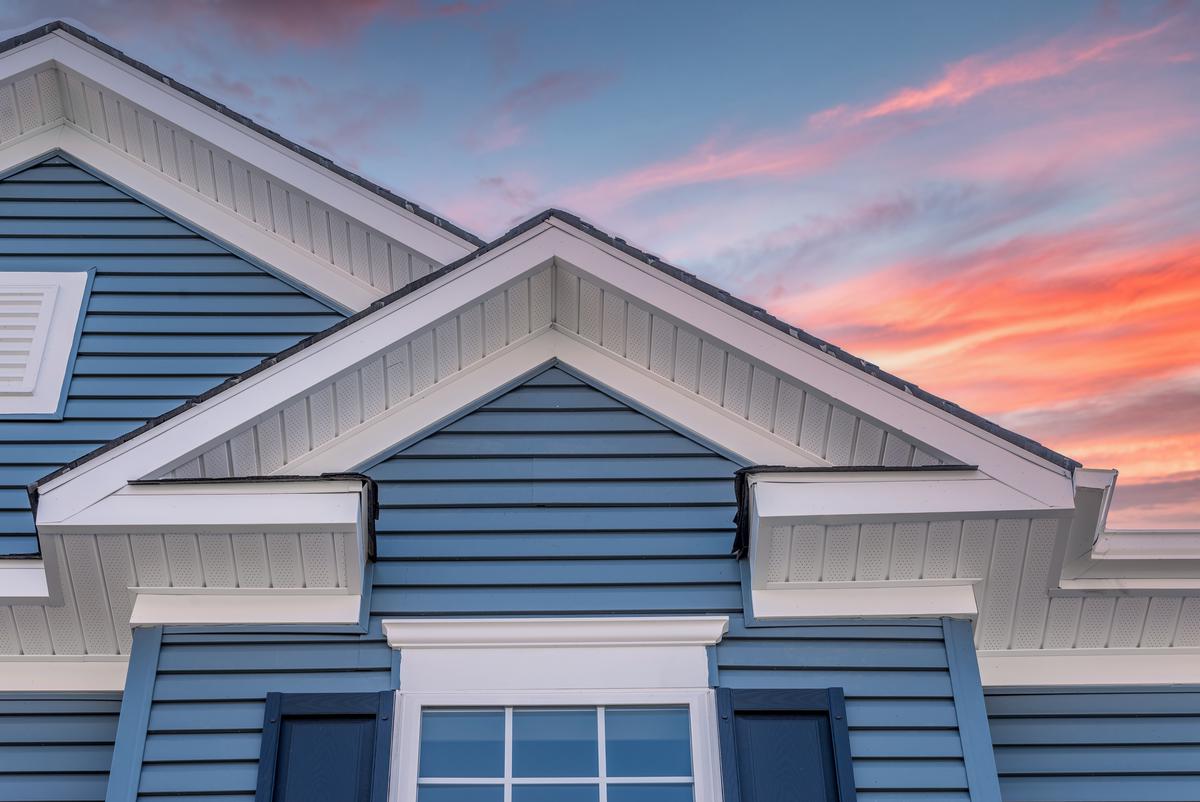
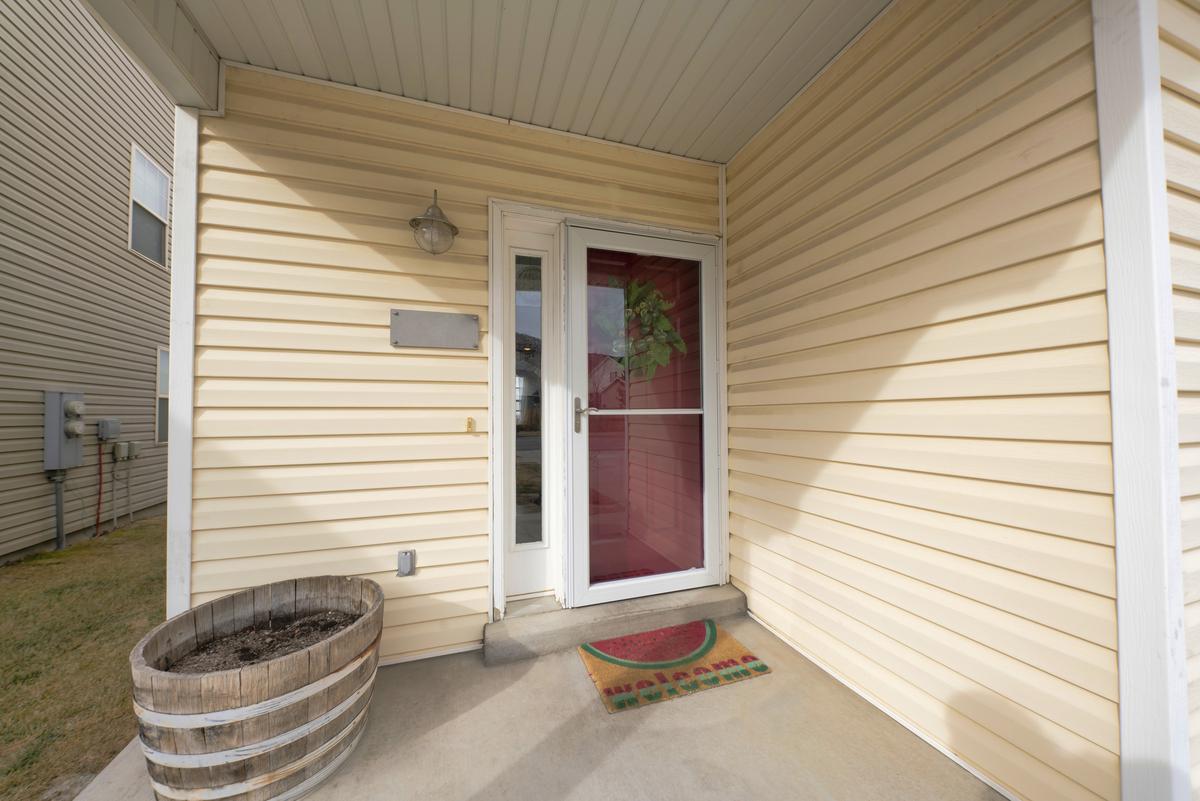
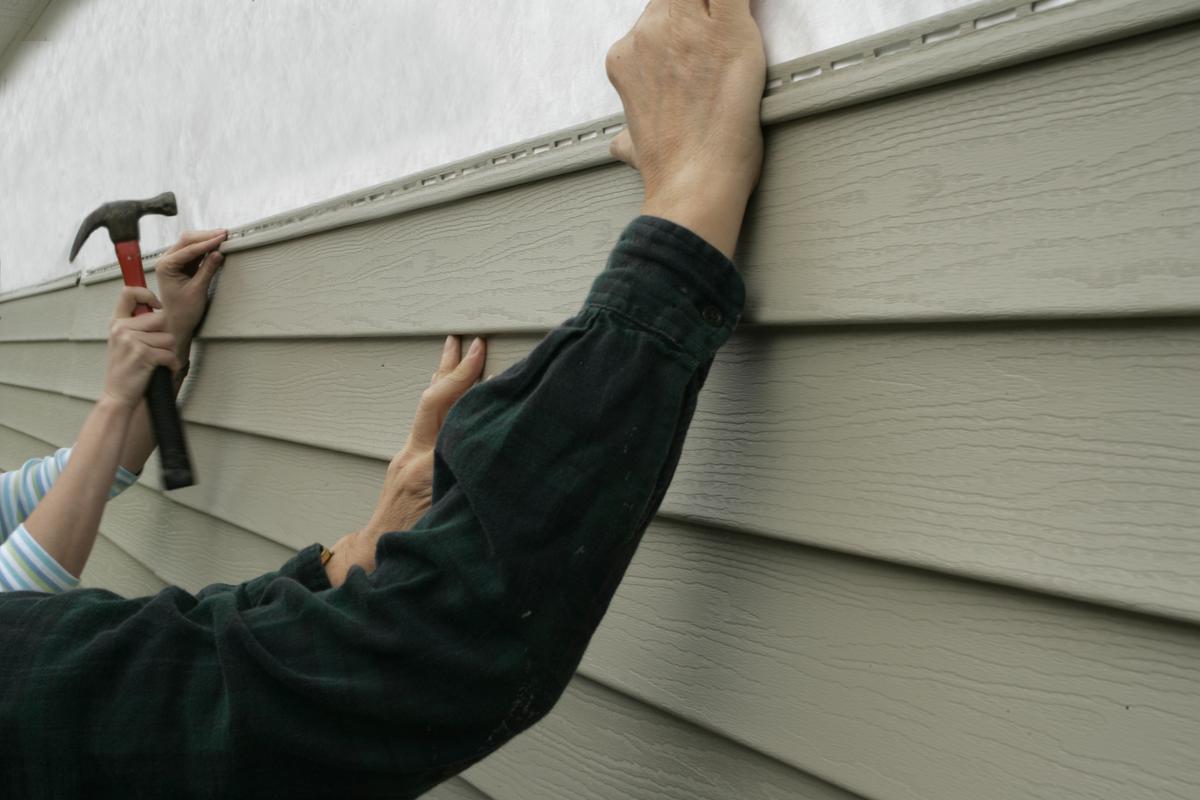
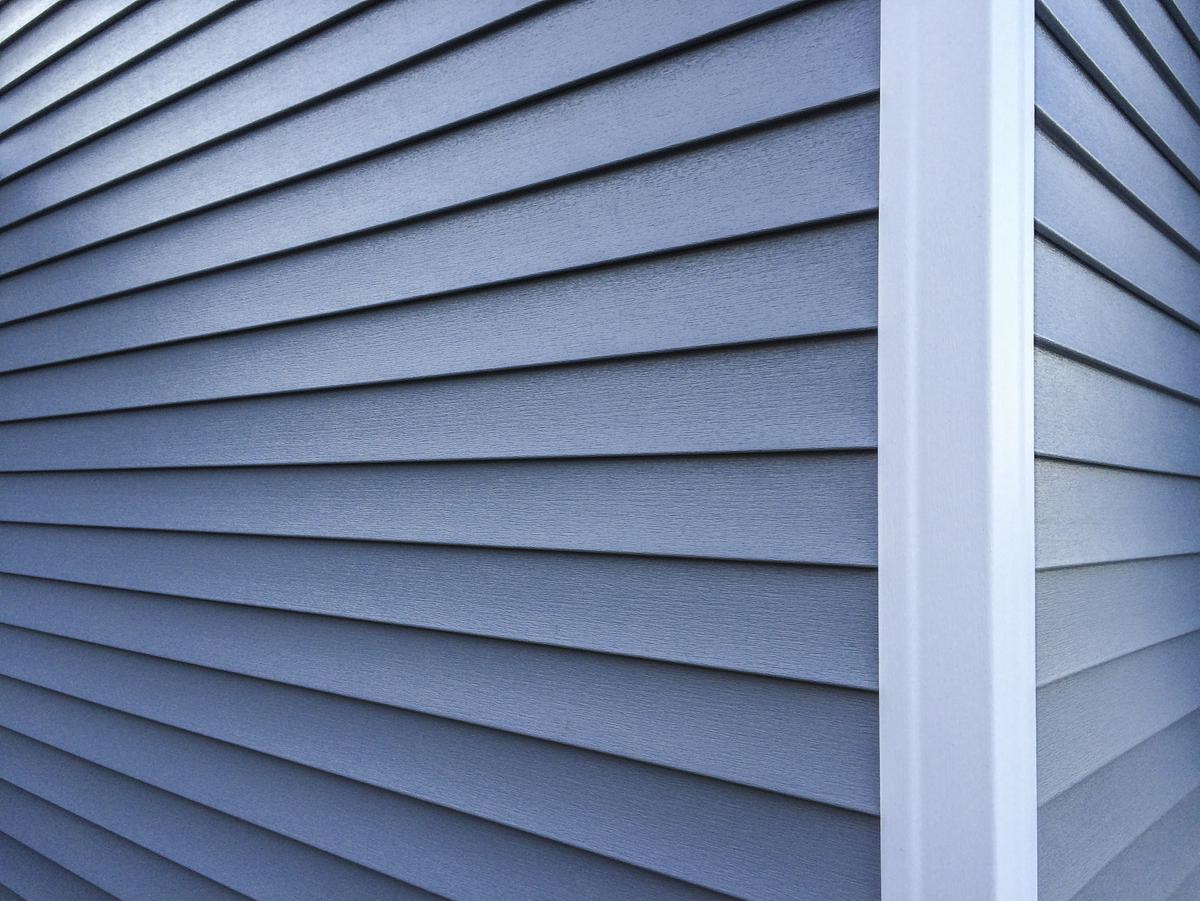
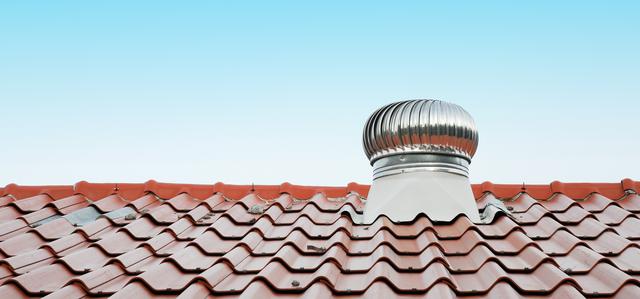
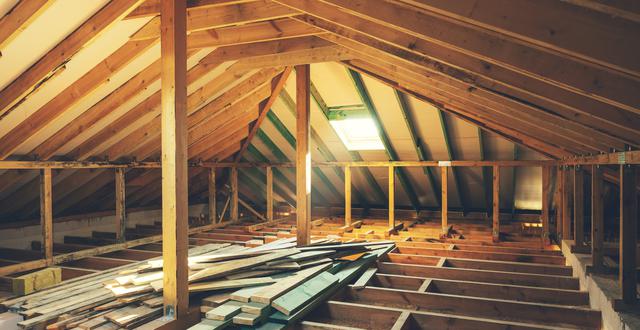
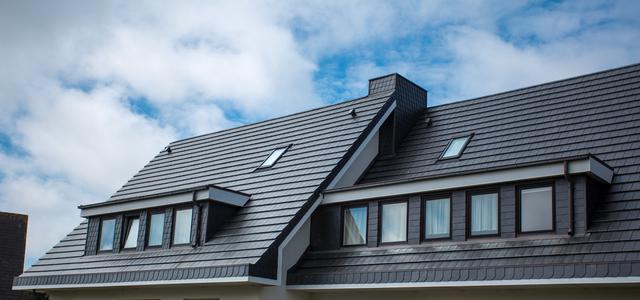
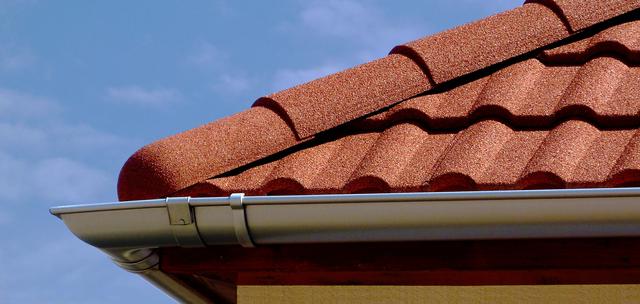
comments